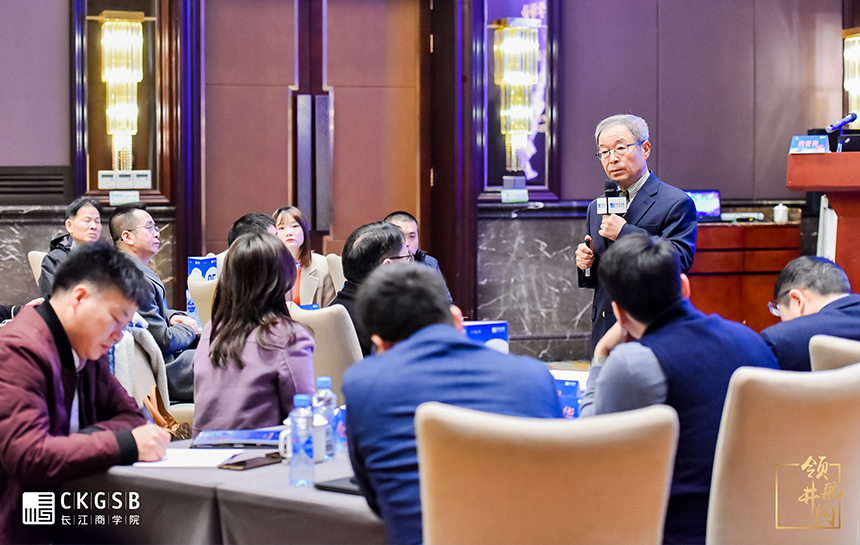How are environmental, social and governance (ESG) issues adressed in business in China?
Most companies don’t bother to look beyond the typical metrics that define success or failure of a business, such as sales, revenues and profitability. But that is beginning to change now as an increasing number of institutional investors have also started looking into the performance of companies on three dimensions—environmental, social and governance (ESG)—while evaluating their investment decisions. Those that don’t manage ESG well may be courting reputational or financial challenges. As a result, disclosure of ESG indicators is becoming an integral part of the business operations for any corporation, particularly for Chinese companies.
Since 2006, at least 32 major guidelines or regulations related to corporate sustainability or corporate social responsibility (CSR) have been released by various authorities in China, requesting China’s companies to be more socially responsible and beef up their ESG performance. Take for example, the ‘Social Responsibility Guidelines for Listed Companies’, which were issued by the Shenzhen Stock Exchange way back in September 2006. They encouraged listed companies to implement their social responsibility and voluntarily disclose their ESG information. One of the most notable initiatives so far is the ‘Guidelines to Fulfilling Social Responsibilities by State-Owned Enterprises’ released in January 2008. As the first document of its kind in China, these guidelines require state-owned enterprises (SOEs) to enhance awareness of CSR and be socially responsible. Disclosure of ESG information became part of the core components of the guidelines.
The Shanghai Stock Exchange also released a ‘Notice on Listed Companies Improving Performance on Social Responsibilities and Disclosing Environmental Information’ in May 2008, requiring listed companies to proactively disclose information related to environmental protection. While pursing profits and shareholders’ interests are important, engaging stakeholders, society, and resource utilization are top priorities as well according to the guidelines.
This was just the beginning. More guidelines or legislations on the issues have been followed ever since.
These are only a few of the forces that have been reshaping the ESG landscape in China in recent years. ESG issues are not only driving the next wave of critical change, but integrating them also served as a license to operate in China and beyond.
The significance of integrating ESG aspects in any business is enormous. Incorporating ESG factors into the daily operations of a business not only helps identify potential risks, but also opportunities and rewards. ESG risks are often quiet storms that could reconfigure the financial landscape when they make landfall. Inadequate ESG performance can carry material environmental and social risks and liabilities which need to be managed with appropriate indemnities and warranties. This plays out, for example, during the structuring of a deal. Common ESG-related risks include the following:
- Liability for potential contamination to the environment, especially land and water
- Liability for future occupational disease and injury compensation claims
- Substantial fines or penalties resulted from non-compliance with environmental, labour, or company laws
- Exposure to unexpected post-deal capital investments
ESG risks could further affect any corporation in four main areas:
- Operational and process issues: contamination of physical assets such as property and land, pollution emissions and management of materials and wastes
- Legal issues: compliance with current and future ESG legislation
- Reputational issues: these issues principally relate to how the environment, community, and government might influence how and where a company operates and the demand for products
- Market and supply chain pressures: pressures on business may also arise via the supply chain. For example, the brand may set certain ESG standards in contract agreements
Take, for instance, the case of Foxconn. The Taiwan-based electronics manufacturer, which is one of the key suppliers for Apple, has come under the scanner for financial, reputational and operational issues when its factories in China faced serious concerns regarding labor rights as well as health and safety standards.
Apart from identifying and managing risks, through integrating the ESG signals in a corporation, it presents new business opportunities and generates additional rewards. Businesses can gain both tangible and intangible benefits from elevated ESG performance through:
- Compliance with regulatory requirements for cost reduction in fines or penalties due to stricter regulations in the future
- Reduction of operating costs
- Promotion of stakeholder relations
- The notion that reporting on ESG issues can yield competitive advantages
- Enhance reputation and “a license to operate” in the community
For example, ICBC, the first bank in China to adopt the Equator Principles (with 79 global financial institutions as members, the Equator Principles are a set of voluntarily-determined standards for defining, assessing and managing social and environmental risk in project finance), released the first annual ESG report in China’s banking industry during 2010. Realizing the importance of ESG or sustainability issues, ICBC has extended its services to sustainable finance, i.e., green loans, energy-saving and emission-reduction loans, as well as various low-carbon products.
Managing and disclosing ESG issues has become an extremely complex undertaking, which must balance numerous conditions, perspectives and variables across an organization. On the whole, organizations should remember not to compromise either aspect of ESG issues that can actually help increasing both tangible and intangible results.
Anson Wong is Assistant Director, Research Center – Sustainable and Inclusive Development, CKGSB
(Image courtesy Flickr user Prachatai’s photostream)

















